Pediatric neurology. Diagnostics
It is impossible to assign an effective treatment without an accurate diagnosis. The modern laboratory and instrumental diagnostics of Dobrobut clinic chain will help to determine the cause and the character of neurological problem of a child, individual characteristics of pathological process, its localization. With the help of modern equipment our specialists learn all the details about the disease and make a plan of therapeutic interventions.
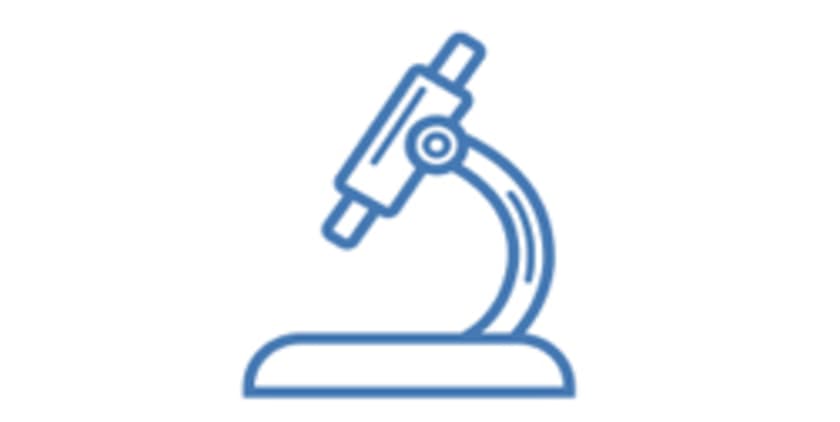
After a consultation a specialist will assign the tests. Laboratory tests of Dobrobut clinic chain include the whole range of diagnostic maneuvers: biochemical and general clinical studies that are analyses of blood, urine, cerebrospinal fluid, bacteriological examinations, PCR-based diagnostics of any materials, etc.
Dobrobut clinic chain offers the following instrumental diagnostics techniques to reveal neurological problems of children:
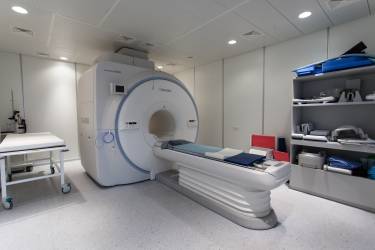
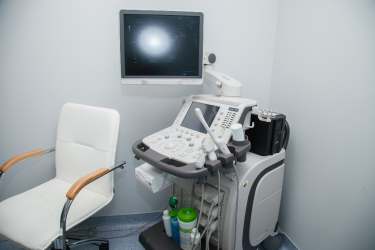
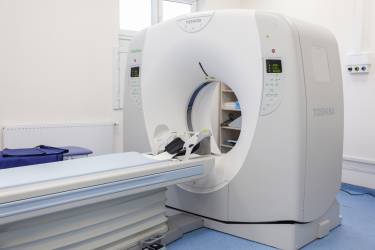
Brain EEG (electroencephalography). The technique is based on the studying of electrical activity of brain cells reading the information from the head surface with special sensors. EEG gives the possibility to differentiate epileptic and other seizures, to find disorders of brain segments functioning and reconstruct the robust picture of its functioning. EEG helps to reveal commencing pathological processes in brain tissues that is very important for early diagnostics. The technique is absolutely safe and painless and does not require special preparation. It will be explained to a child and a parents in advance that a special hat with electrodes registering the activity of various brain sectors is to be put on the head. Standard EEG takes of about 30 minutes.
Video EEG monitoring (VEEG). It is performed if more meticulous examinations are required and lasts from several hours to several days. For this kind of diagnostics EEG and video recording of child’s behavior are performed simultaneously, additional electrodes are connected if necessary, such as cardiographic, myographic, etc. Sleep monitoring is also performed: this diagnostic technique allows to reveal the range of pathologies which manifest only when a child is asleep. A video recording allows to compare the EEG result and a visual, to find the brain area with an abnormal activity and to identify the type of the latter.
Neurosonography. This test has the form of brain MRI. The procedure is performed only for infants (when the anterior fontanel is open).Neurosonography is performed through the fontanels on the baby’s head, is absolutely safe, and does not require any preparation: such an ultrasound test can be done during while baby is sleeping or eating. The technique is the same as for a common ultrasound: a hypoallergic gel is applied on the baby’s head, a doctor reads the information that is displayed on the monitor with the sensor. Neurosonography is prescribed to clarify a diagnosis when a neurological disease is suspected or to exclude brain development anomalies.
USDG (duplex scanning of head and neck vessels). This is a combined method of ultrasound examination plus dopplerography that help a doctor to make a conclusion on congenital vessel deformities or anomalies (if any).
X-ray radiography of skull and spine. X-rays are also used in pediatric neurology to examine bone tissues and adjacent soft tissues and their structures. Using X-ray radiography, a pediatric neurologist can exclude skull bones and spine injuries after a trauma.
Brain and spinal MRI (including the option with the injection of contrast agent). Magnetic resonance imaging is often prescribed when other diagnostic techniques appeared to be nondiagnostic or are contraindicative to a child. Using MRI, it is possible to see various structural disorders: development anomalies, neoformations, demyeliniation focuses, hemmorhages, etc. MRI technique is the gold standard of diagnostics in neurology.
MRI and angiography of head and neck vessels. The advantage of the technique is that a magnetic resonance scanner reveals the smallest abnormalities in the cerebral blood flow that can be unnoticed in other diagnostic techniques. The technique helps to reveal congenital vessel anomalies, malformations, constrictions, aneurysms.
Brain and spinal MSCT (including the option with the injection of contrast agent). Multispiral tomography is the most modern technology for examination of changes in body structures. MSCT is prescribed in case of injuries. The technique helps to quickly visualize hemmorhages, skull bone and spine injuries.
CASD tests to identify the risk of autism spectrum disorders (ASD). CASD (autism spectrum disorders screening scale) is a fast and reliable screening method for all the children with the suspected autism spectrum disorders as it is applied independently of the age, level of mental development of a child or degree of disorder manifestations. ASD questionnaire may be applied to the children from 1 to 16 years of age.
Cost of instrumental diagnostics (neurology)
Advantages of treatment at Dobrobut clinic chain
Dobrobut clinic chain provides all the conditions for diagnostics and effective treatment of a child as fast as possible. Rehabilitation of the children with neurological problems is based on tested modern techniques with proven efficiency.
Dobrobut clinic chain has "Pediatrics of special development" medical and psychological center that provides complex aid to children with special needs. Multidisciplinary team that unites various doctors and psychologists provides the full range of special education and neurorehabilitation services as well as individual approach to every child.
Why clients choose us
Our clinics
ISO certificates
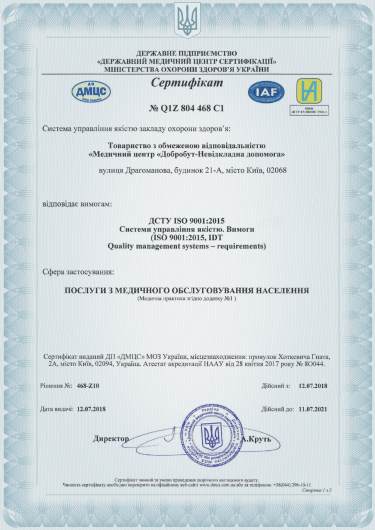
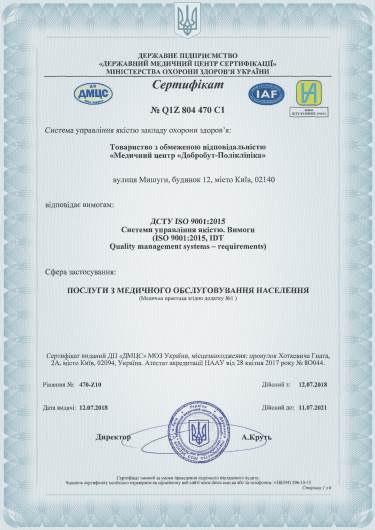
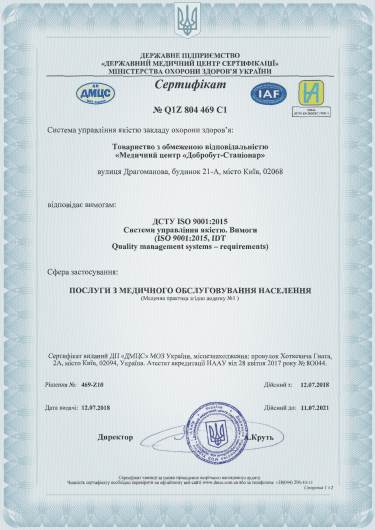
Accreditation certificates
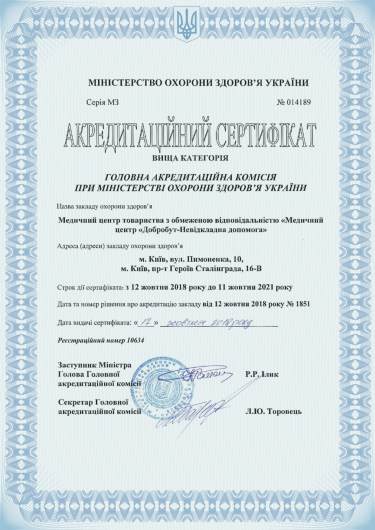
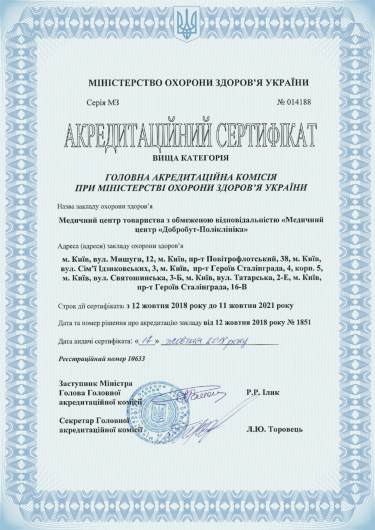

Medical practice licenses
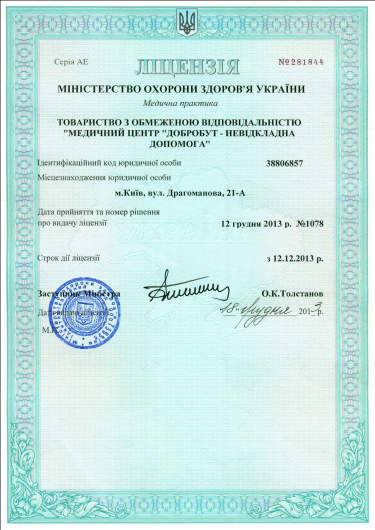
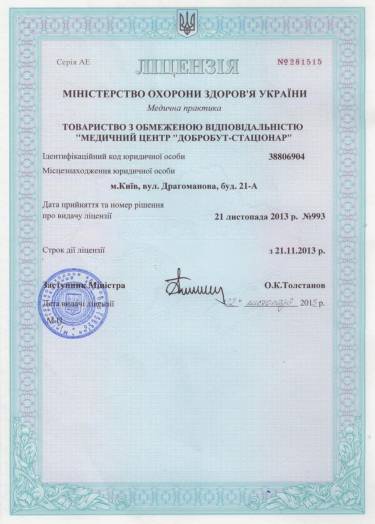

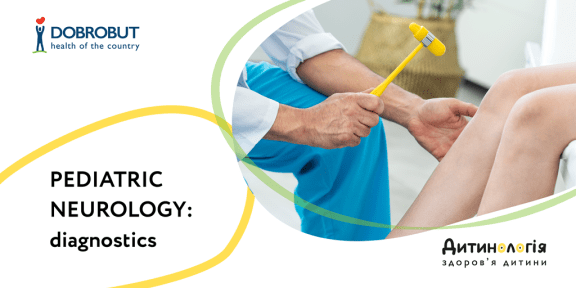



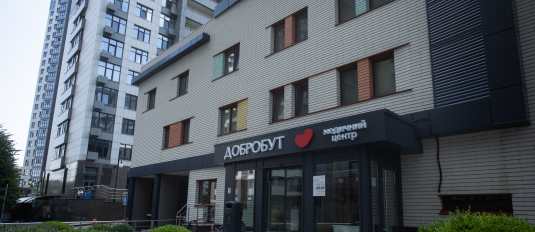
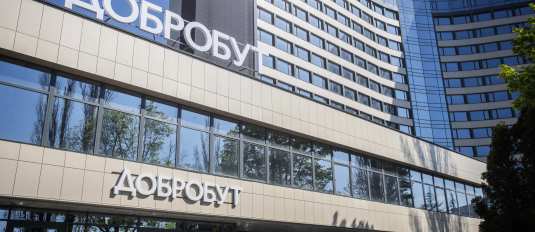
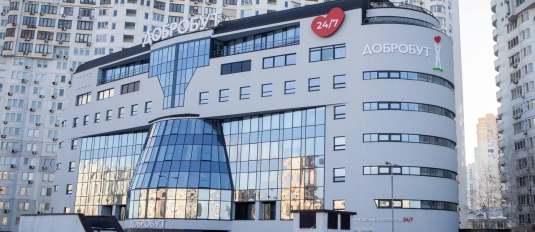
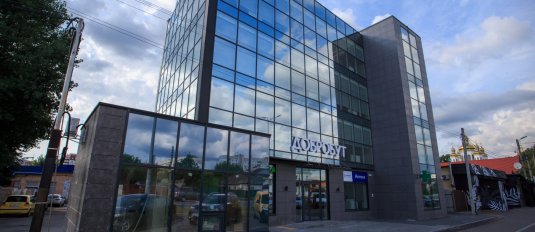
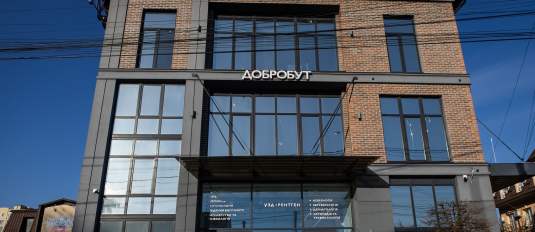
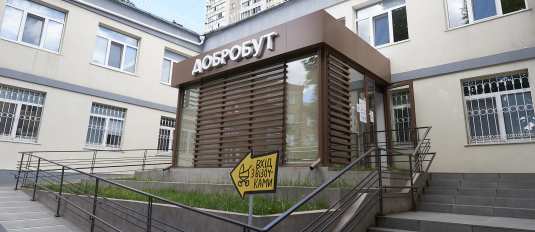



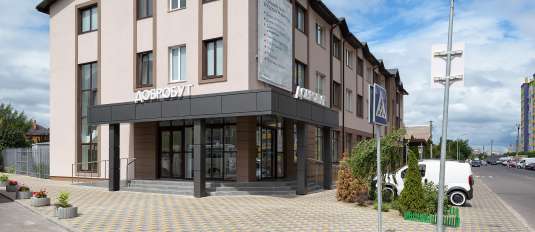
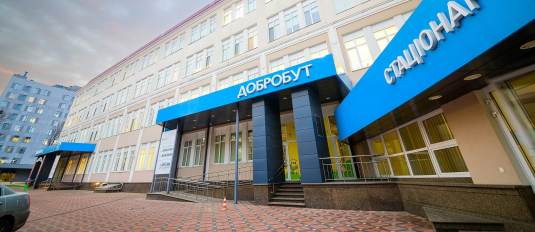

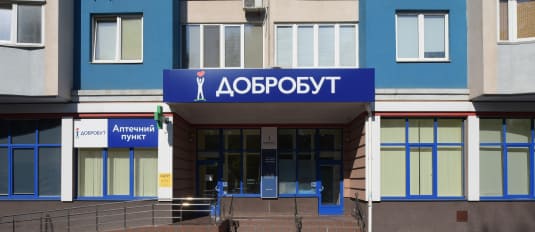
%402x.png)
%402x.png)
